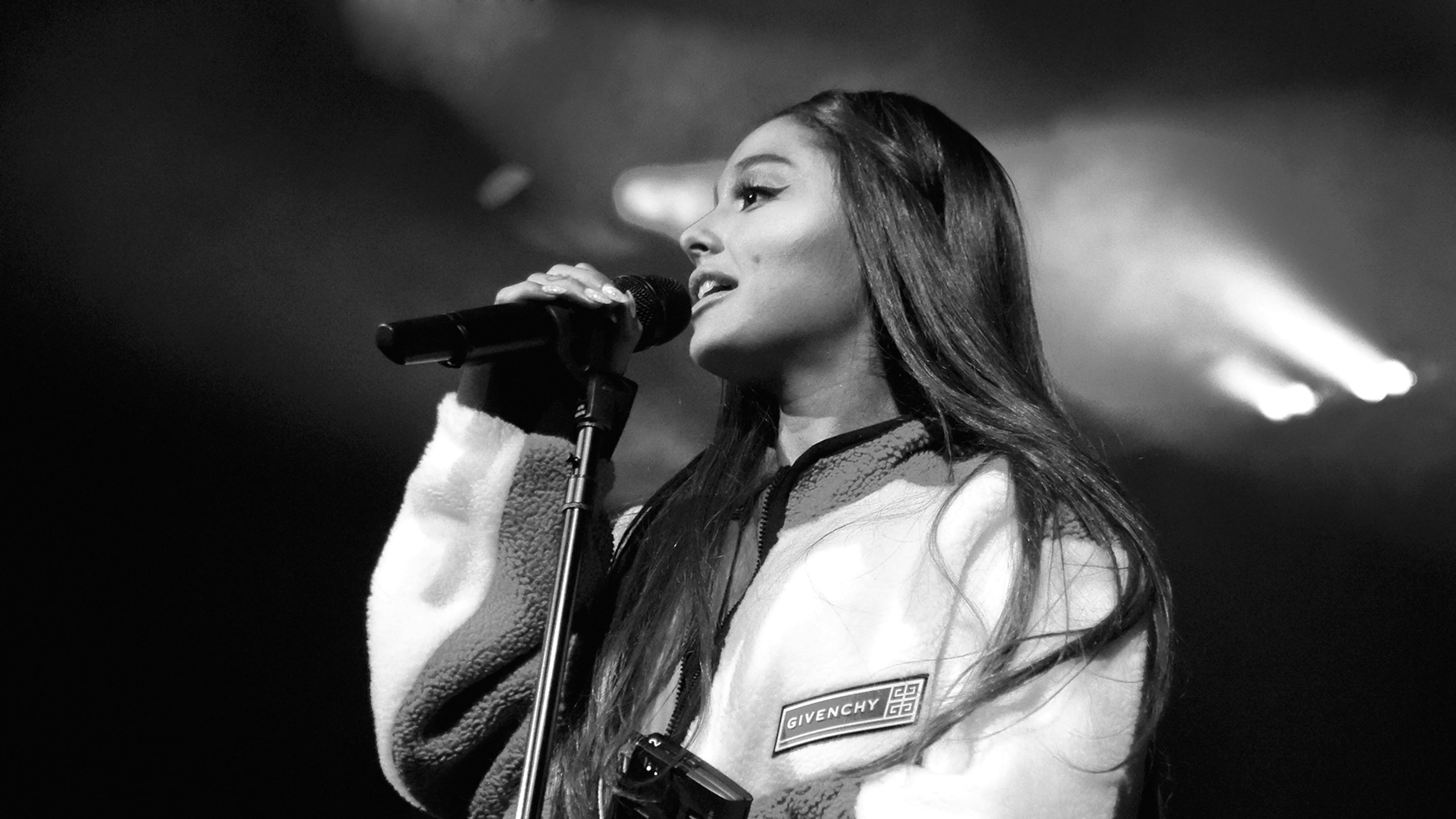The Grammy Awards’ stage is set to host performances and appearances from some of music’s top acts including Cardi B, Post Malone, Kacey Musgraves, Janelle Monae, and more. The only question is how many people will actually tune in?
Last year, Grammys viewership among 18-to-49 year-olds plummeted to 19.8 million, a precipitous drop from 2017’s 26.1 million and an all-time low in the show’s history for its key demo. The Grammys, of course, aren’t alone in that regard: Both the Oscars and the Emmys also posted record low numbers in 2018 as well, shedding 6.4 and 1.2 million viewers, respectively, from 2017.
Cord cutting is often the first diagnosis for dwindling viewership, but the larger problem dogging these institutions is how they’ve been failing to represent, acknowledge, and support major parts of the cultures they lord over. The Grammys has been taken to task in the past year for Recording Academy president Neil Portnow’s comment that women needed to step up, and the general consensus of the show is that it’s “tone-deaf,” “woefully out of touch,” “racist,” “sexist,” and flat-out irrelevant–and that’s not just from TV critics.
Several artists–including Frank Ocean and Drake–have been quite vocal about not seeing the Grammys as the pinnacle of music it presents itself as. In past years, they both refused to submit albums to be considered for nominations, Ocean flamed Grammy producers in a Tumblr post, and Drake once rapped, “I could give two fucks ’bout where the Grammys go.”
Moreover, just five days before music’s biggest night, one of music’s biggest stars Ariana Grande backed out of performing and attending altogether due to artistic differences with the producers on which songs she should perform. A similar story made headlines last year with Lorde being offered the chance to perform as part of a Tom Petty tribute medley but not her own set, even though she was nominated for album of the year.
The Recording Academy has tried to make some changes this year in the face of 2018’s #GrammysSoMale backlash. In addition to Portnow stepping down as president this year, they brought on Tina Tchen, Michelle Obama’s former chief of staff, to lead a Task Force on Diversity and Inclusion. So far, Tchen has led the push to inject 900 new academy members who are either a woman, person of color, under the age of 39, or all of the above–as well as an initiative to have more female producers and engineers. The Grammys also expanded the number of nominees in several categories to create a more diverse pool. However, it’s too early to tell if any of those efforts will have a lasting impact on how people view the Grammys in culture.
Going into this year’s show, the Grammys have been pushing their “Let’s hear it” campaign that’s aimed at die-hard music fans. According to its official description, “This isn’t for the background music crowd. Instead, ‘Let’s Hear It’ is for the ones who live and breathe music, whether that be as a creator or fan.” In something of a 360-degree approach to this concept, the Recording Academy also launched its first-ever brand campaign last year that’s meant to advocate for and support music creators.
The Grammys and Recording Academy at large are really leaning into the fandom of music and the art form itself in a bid galvanize both sides of the line. But these efforts tend to get overshadowed when the organization’s most high-profile event is steadily losing favor with artists and, in turn, their fanbases.
As outdated as they seem to be getting, award shows like the Grammys are still considered appointment television and the award itself still carries weight within the industry. The problem that should be addressed sooner rather than later is damming up the leak of artists trickling away–dampening their fans’ interest in the show. The Grammys face a real threat of major forces in the industry not performing on stage or even showing up at all, giving audiences less reasons to tune in.
The Grammys need only look to the MTV Video Music Awards to see how bad music award shows can get when barely anyone shows up on stage or in the audience. I’m not comparing their respective histories or how much clout they have in the music industry, but just what happens when stars flee. Like many awards shows last year, the VMAs had record-low viewership due partly to poor attendance: Beyonce and Jay Z, Drake, Rihanna, Taylor Swift, Justin Bieber, Britney Spears, Lady Gaga, Katy Perry, Miley Cyrus, Kanye West–all artists who have had iconic moments in VMA history–were no-shows.
Bottom line: The Grammys just aren’t cool. Once the highlight of an artist’s career to attend or perform, it has become a skippable event. Ariana Grande could’ve compromised with the producers, but why should she have to? The Grammys need her, not the other way around.
The Grammys’ campaign this year is all about the bond between fans and music–but that’s already there. What the Grammys really needs to focus on is fortifying its own relationship with the music fans before it’s too late.
Recognize your brand’s excellence by applying to this year’s Brands That Matter Awards before the early-rate deadline, May 3.
